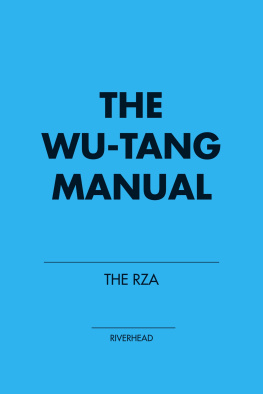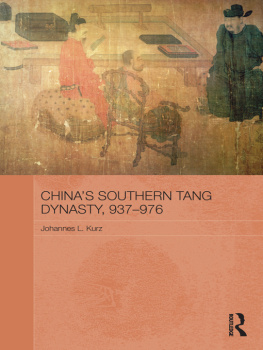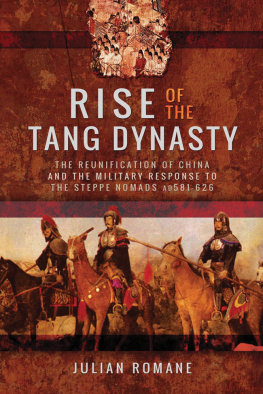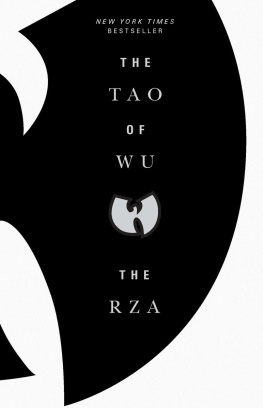S. H. Fernando Jr. - From the Streets of Shaolin: The Wu-Tang Saga
Here you can read online S. H. Fernando Jr. - From the Streets of Shaolin: The Wu-Tang Saga full text of the book (entire story) in english for free. Download pdf and epub, get meaning, cover and reviews about this ebook. year: 2021, publisher: Hachette Books, genre: Detective and thriller. Description of the work, (preface) as well as reviews are available. Best literature library LitArk.com created for fans of good reading and offers a wide selection of genres:
Romance novel
Science fiction
Adventure
Detective
Science
History
Home and family
Prose
Art
Politics
Computer
Non-fiction
Religion
Business
Children
Humor
Choose a favorite category and find really read worthwhile books. Enjoy immersion in the world of imagination, feel the emotions of the characters or learn something new for yourself, make an fascinating discovery.

- Book:From the Streets of Shaolin: The Wu-Tang Saga
- Author:
- Publisher:Hachette Books
- Genre:
- Year:2021
- Rating:3 / 5
- Favourites:Add to favourites
- Your mark:
From the Streets of Shaolin: The Wu-Tang Saga: summary, description and annotation
We offer to read an annotation, description, summary or preface (depends on what the author of the book "From the Streets of Shaolin: The Wu-Tang Saga" wrote himself). If you haven't found the necessary information about the book — write in the comments, we will try to find it.
This definitive biography of rap supergroup, Wu-Tang Clan, features decades of unpublished interviews and unparalleled access to members of the group and their associates.
This is the definitive biography of rap supergroup and cultural icons, Wu-Tang Clan (WTC). Heralded as one of the most influential groups in modern musichip hop or otherwiseWTC created a rap dynasty on the strength of seven gold and platinum albums that launched the careers of such famous rappers as RZA, GZA, Ol' Dirty Bastard, Raekwon, Ghostface Killah, Method Man, and more. During the 90s, they ushered in a hip-hop renaissance, rescuing rap from the corporate suites and bringing it back to the gritty streets where it started. In the process they changed the way business was conducted in an industry known for exploiting artists. Creatively, Wu-Tang pushed the boundaries of the artform dedicating themselves to lyrical mastery and sonic innovation, and one would be hard pressed to find a group who's had a bigger impact on the evolution of hip hop.
S.H. Fernando Jr., a veteran music journalist who spent a significant amount of time with The Clan during their heyday of the 90s, has written extensively about the group for such publications as Rolling Stone, Vibe, and The Source. Over the years he has built up a formidable Wu-Tang archive that includes pages of unpublished interviews, videos of the group in action in the studio, and several notepads of accumulated memories and observations. Using such exclusive access as well as the wealth of open-source material, Fernando reconstructs the genesis and evolution of the group, delving into their unique ideology and range of influences, and detailing exactly how they changed the game and established a legacy that continues to this day. The book provides a startling portrait of overcoming adversity through self-empowerment and brotherhood, giving us unparalleled insights into what makes these nine young men from the ghetto tick. While celebrating the myriad accomplishments of The Clan, the book doesn't shy away from controversywe're also privy to stories from their childhoods in the crack-infested hallways of Staten Island housing projects, stints in Rikers for gun possession, and million-dollar contracts that led to recklessness and drug overdoses (including Ol' Dirty Bastard's untimely death). More than simply a history of a single group, this book tells the story of a musical and cultural shift that started on the streets of Shaolin (Staten Island) and quickly spread around the world.
Biographies on such an influential outfit are surprisingly few, mostly focused on a single member of the group's story. This book weaves together interviews from all the Clan members, as well as their friends, family and collaborators to create a compelling narrative and the most three-dimensional portrait of Wu-Tang to date. It also puts The Clan within a social, cultural, and historical perspective to fully appreciate their impact and understand how they have become the cultural icons they are today. Unique in its breadth, scope, and access, From The Streets of Shaolin is a must-have for fans of WTC and music bios in general.
S. H. Fernando Jr.: author's other books
Who wrote From the Streets of Shaolin: The Wu-Tang Saga? Find out the surname, the name of the author of the book and a list of all author's works by series.








